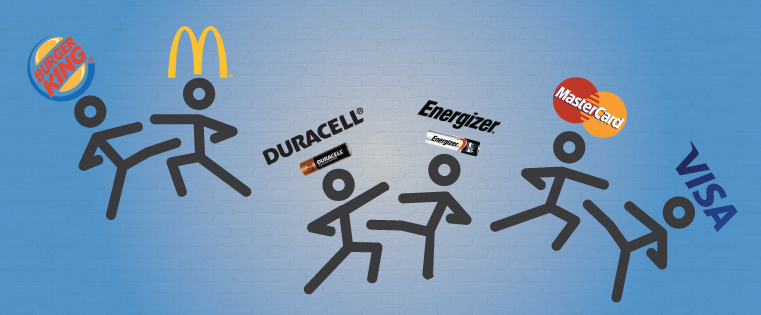 Here is the scenario: At some point during the client kickoff, someone will inevitably ask, “Should be we thinking about an in-location component to this campaign? Tablets in a kiosk, digital signage, something like that? I have seen some really great stuff that (insert Brand XYZ) is doing”
Here is the scenario: At some point during the client kickoff, someone will inevitably ask, “Should be we thinking about an in-location component to this campaign? Tablets in a kiosk, digital signage, something like that? I have seen some really great stuff that (insert Brand XYZ) is doing”

Faster than a first comment posted on a native versus HTML5 blog entry, the business development lead jumps in with “Absolutely! We can do a pilot to show the proof of concept; low cost, boatloads of functionality and all the usage metrics you can handle.” They may even promise two of every animal in the world if they are feeling exceptionally ambitious.
The meeting ends, and everyone is on side. The teams get to work to develop an in-location experience that is both true to the brand and aligns well with the goals of the campaign and overarching strategy.
Fast forward to the checkpoint meeting.
The pilot has been running in a local store for several weeks, engagement rates are good and consumer feedback is positive.
“We love it!” says the client. High fives breakout around the room, and just as the elation hits its crescendo the second line is delivered. “How soon can we roll it out to all our locations?”
Looking around the table the facial expressions communicate what no one is saying: “Amazing, we nailed it!” followed immediately by “Ummm… How the heck are we going to do this?”
Before you find yourself in that awkward, high-end problem moment, let’s take a look at some of the pain points that you can expect to encounter and how you can plan to be ready to scale your pilot without missing a beat.
1. Managing and scaling to accommodate multiple devices
One device is child’s play. Two or three? No problem. It’s when you start to scale into numbers greater than 10 that the issues begin to reveal themselves. Managing multiple devices becomes a bit of an unforgiving beast: software updates, connectivity issues, battery status, etc. You don’t necessarily need a full mobile device management platform since many of these would be overkill for this level of management and don’t solve all the potential problems. You will, however, need to know the basic status of your devices because no available device means no in-location engagement experience.
2. Expanding from one to many locations
The management of numerous devices is one thing, but when you introduce the geographic complexity of one or more devices within multiple locations, it starts to get a little unwieldy. Having a person physically in each location isn’t any more feasible than expecting to have a handful of individuals traveling to each location to update content and applications and manage devices. You need to have the ability to manage all locations remotely and preferably within the same interface.
3. Performing application updates
Version updates, re-installs and bug fixes are all realities of the world we live in and the applications that we love to create. Whether these happen at a rate of one every few months or a complete refresh every day, you need to know that you can act quickly and be flexible with the updating of remote applications. Stability of your chosen deployment platform is key when planning for this scalability hurdle, so you will need a solution that is both robust and dynamic. Couple this with the ability to quickly add enhancements and push them our to devices without having to publish to the AppStore or third-party market first and you have a powerful advantage.
4. Keeping content fresh – instant and scheduled updates
Yes, content is King but F-R-E-S-H content is one step above that! Campaign success stories and engagement rates are all driven by, and dependent on, great content. Having the flexibility to update content in real-time, remotely or at the location level is critical to preserving an engaging in-location experience. On the flip side, you can’t expect to have someone sitting in front of a screen 24 hours a day to perform changes and updates. You need to have the ability to schedule rich content that marches to the cadence of your campaigns well in advance while also maintaining the ability to make instantaneous changes to content.
5. Managing multiple variations in content
You don’t have to go far from your hometown to see just how much variation there is from region to region. Local terminology, product preferences, brand affinities, seasonal temperatures and fashion trends can all vary significantly from place to place. Managing a large in-location engagement deployment means that you must have precise control over the content that appears on each device and in each unique location to tailor the experience to that specific region. This level of control allows you provide the content that consumers want to see, which is as customer-centric as you can get.
It goes without saying that this is in no way a complete list of challenges that you may encounter as you scale your client’s in-location experience, but this should give you a great starting point when it comes to planning how you will tackle the hurdles.
So the next time you are in that fateful client meeting and the promise of a seamless scaling from pilot to full deployment echoes around the room, just smile and nod knowingly: Amazing, we’re going to nail it.









